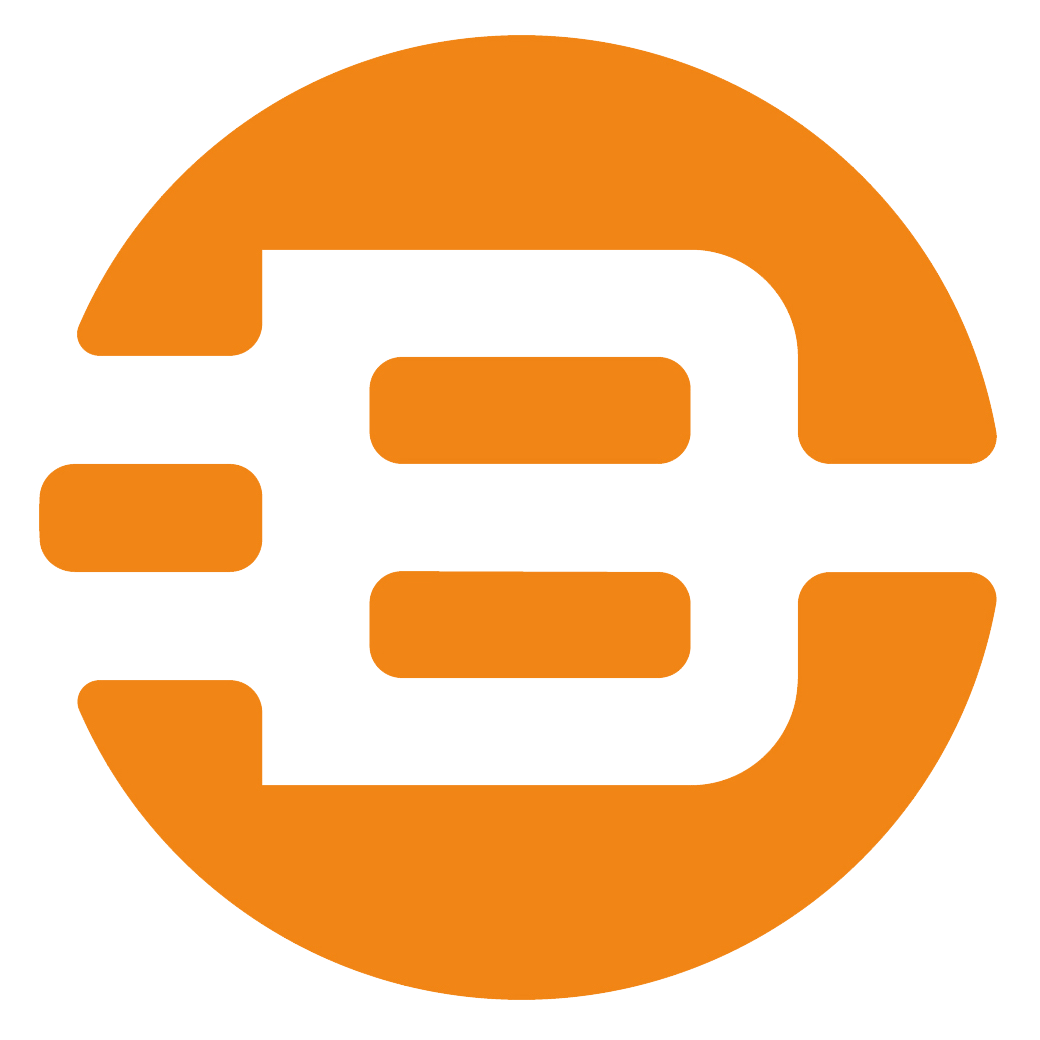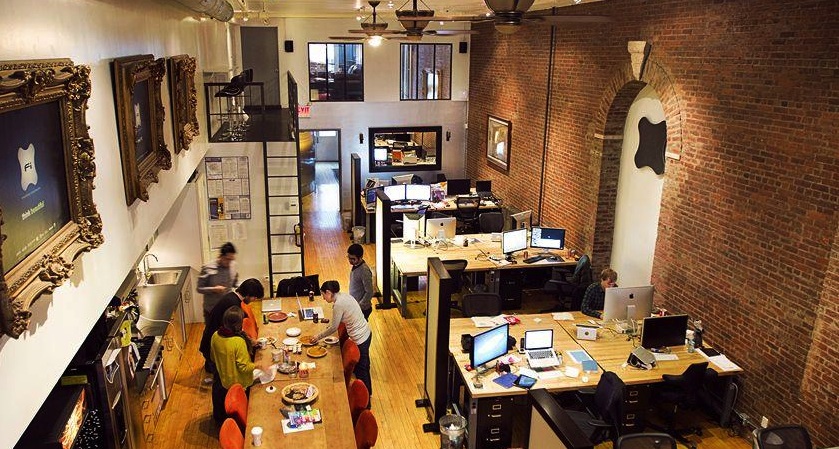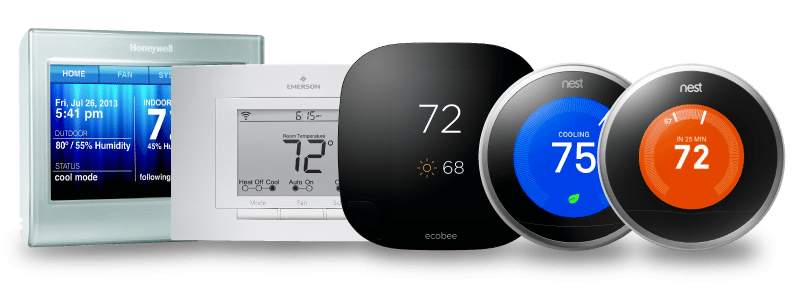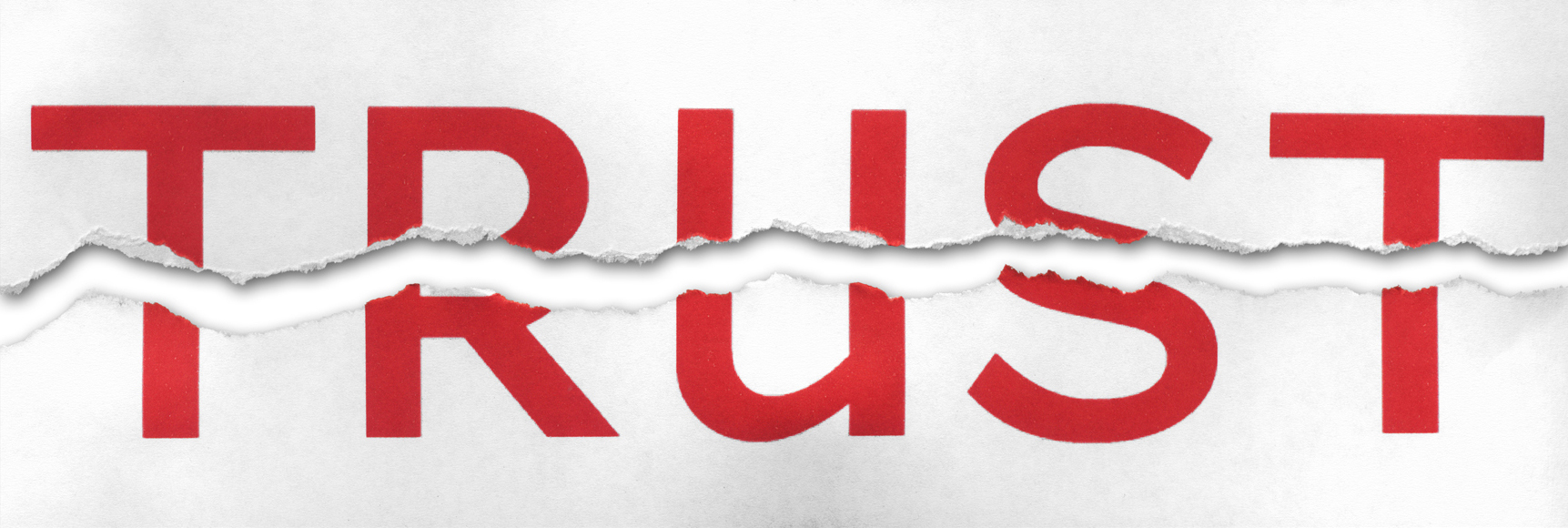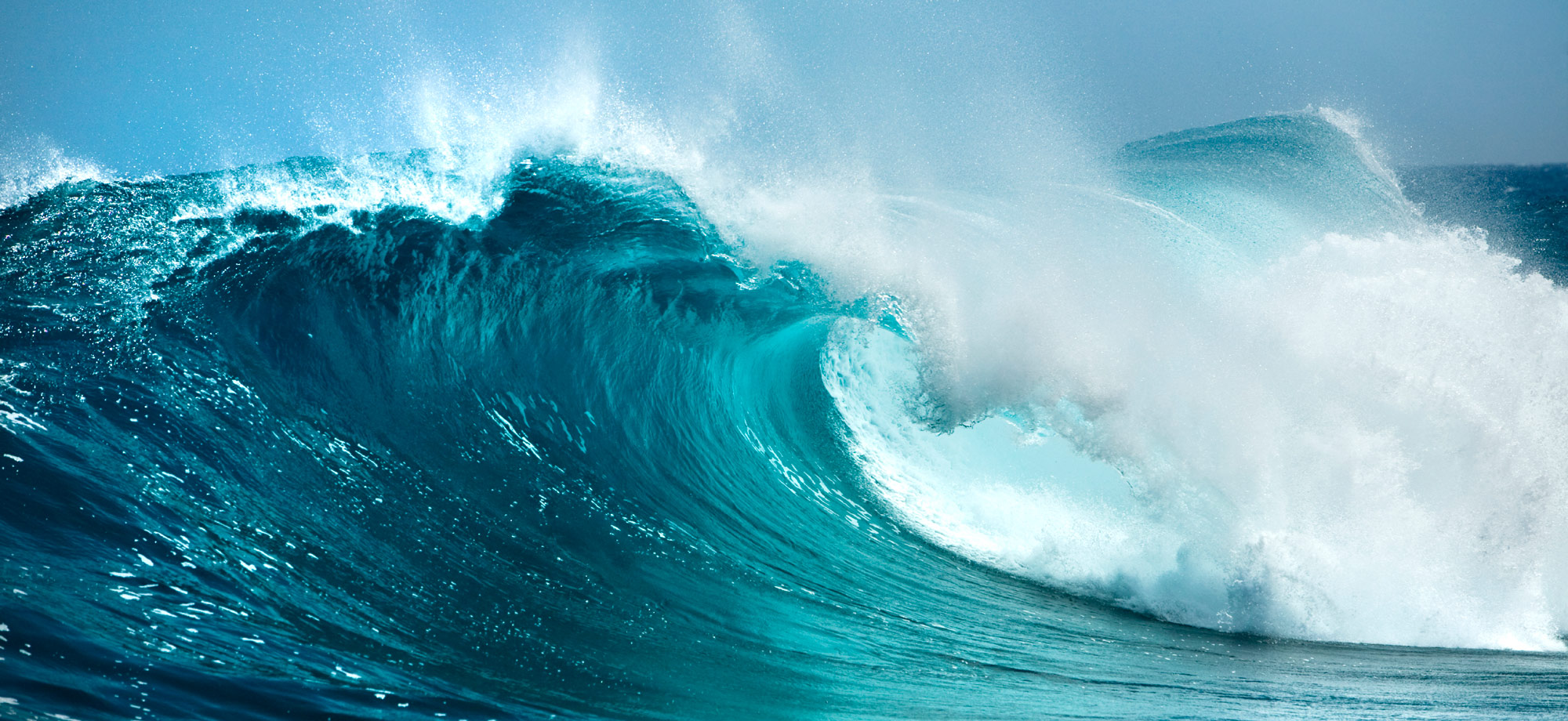Now that it’s ticked over to July, we’ve decided it’s probably time to accept that it is indeed winter; the middle of winter, in fact. So we’ve hauled all of our heaters out of storage, dusted them off, and plugged them into any spare power socket we could find. Except that we struggled to find a spare power socket. Power board anyone?
These days, with so many electrical gadgets – from TVs to Apple TVs, mobile phones to tablets, computers to laptops – making the decision to unplug one appliance to make way another starts to feel a lot like Sophie’s Choice.
After a discussion about whether we could stay warm by jumping on the spot all evening long (‘Plus, think of all the extra calories we’ll burn!’), we eventually decided that we weren’t going to spend our evenings jumping on the spot, nor were we going to unplug anything either; we’d just get a power board instead.
Sometimes there’s a reason for so few power outlets
Power boards and double adapters are nifty little devices, and they’re pretty commonplace in most homes, particularly older ones that weren’t built in the time of ‘i’ (the name we’ve given to this current period of iGadets). But they can be dangerous too, particularly if you overload a power board with too many appliances.
In homes that weren’t wired for a huge volume of energy-draining appliances (heaters, TVs, computers, phone chargers), a five-socket power board loaded up with phone chargers, TVs, set top boxes, and DVD players, could see your place constantly tripping its main power switch, causing blackouts; in more severe cases, however, overloaded power boards and double adapters have even caused house fires.
According to NSW Fire and Rescue, over 350 residential house fires are caused by electrical faults each year, nearly all stemming from the incorrect use of power boards; in 2008, a $3 power board was responsible for the million-dollar fire at the iconic Il Gambero Restaurant on Lygon Street.
What can you do to avoid an overloaded power board?
Fire and Rescue recommends buying a power board with surge protectors for appliances that don’t draw a lot of power, leaving power sockets free for those that do, such as TVs, fridges, and heaters (or fans and air conditioners). It’s also a good idea to shop for power boards manufactured specifically for entertainment devices, such as those by Belkin.
Do not use a power board with a double adapter or an extension lead. If your home has filled up with devices, it’s safer (and more energy-efficient) to have a qualified electrician to install more power points. The lounge room is an obvious candidate for additional power points, which traditional may only have one or two double power points.
Have additional power outlets installed on the other side of the lounge room, too. This way, you won’t have power cords and extension leads running from one side of the room to the other, reducing the risk of leads being damaged and causing a fire.
Other rooms to consider installing additional power points include the kitchen, bathroom, and the home office or study. Installing your own power points isn’t something you should attempt yourself, so make sure you hire a qualified electrician.
An electrician can also advise you on any necessary upgrades to your home wiring or circuits, which is recommended for homes built upwards of 25 years ago. Also let your electrician know what you intend to use the power points for so they can plan your system accordingly.
Whether you’re using a power outlet, power board, or newly installed power point to plug in your heater this winter, don’t forget our energy saving tips for keeping your bill down this winter. Or join Bulk Energy and save money on your energy bills permanently!
